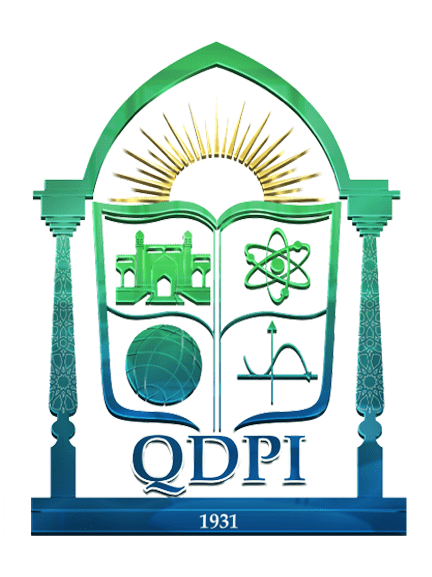THE EFFECTIVENESS OF STORYTELLING IN DEVELOPING ORAL PROFICIENCY
Abstract
This study examines the impact of storytelling as a teaching strategy on developing oral proficiency in foreign language learners. Using a mixed-methods approach, the research assesses fluency, accuracy, and confidence improvements among learners exposed to storytelling activities. Results indicate a significant enhancement in students' speaking skills compared to traditional methods. The findings suggest that storytelling can be an effective pedagogical tool for fostering oral communication. Additionally, the study highlights the cognitive and affective benefits of storytelling, such as increased learner motivation, improved retention of vocabulary, and stronger connections between language and culture. The research also explores the role of storytelling in lowering language anxiety and fostering creativity among learners, emphasizing its broader implications for communicative competence development.
About the Authors
List of references
Brown, H. D. Principles of Language Learning and Teaching. – USA: Pearson, 2014. – 347 p.
Ellis, R. Task-Based Language Learning and Teaching. – New York: Oxford University Press, 2009. – 404 p.
Nation, P. Learning Vocabulary in Another Language. – Cambridge: Cambridge University Press, 2013. – 624 p.
Valievna K. S. The use of interactive methods in teaching foreign languages //ASIA PACIFIC JOURNAL OF MARKETING & MANAGEMENT REVIEW ISSN: 2319-2836 Impact Factor: 8.071. – 2023. – Т. 12. – №. 02. – С. 34-38.
Valievna K. S. The variety of language social networks and their application in learning foreign languages //INTERNATIONAL JOURNAL OF SOCIAL SCIENCE & INTERDISCIPLINARY RESEARCH ISSN: 2277-3630 Impact factor: 8.036. – 2023. – Т. 12. – №. 01. – С. 138-141.
Wright, A. Storytelling with Children. – Oxford University Press, 2008. – 222 p.
Zaro, J. J., & Salaberri, S. Storytelling: Teaching a Foreign Language Through Stories. – Macmillan Education, 2013. – 62 p.
How to Cite

This work is licensed under a Creative Commons Attribution-NonCommercial-NoDerivatives 4.0 International License.
